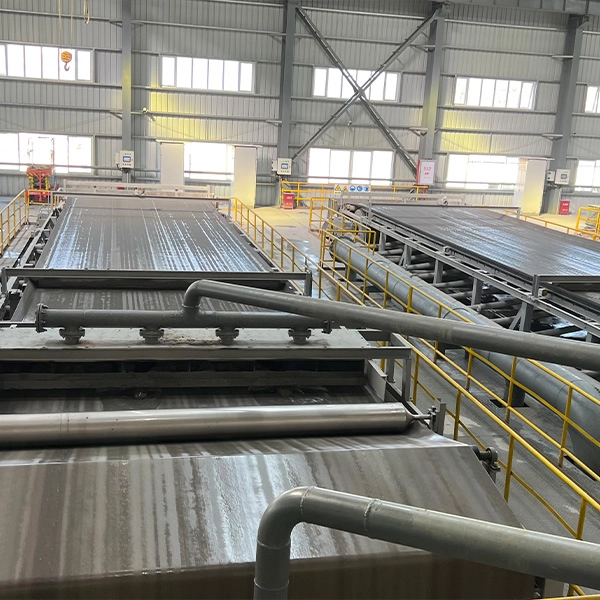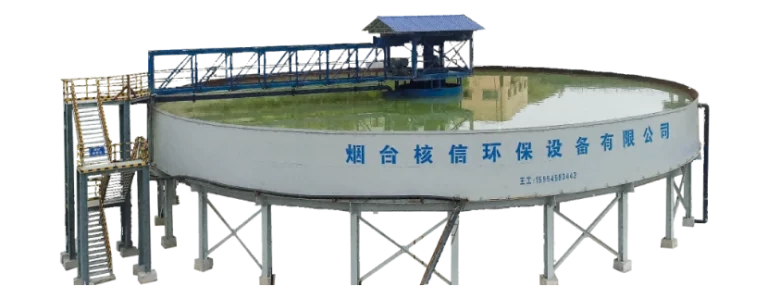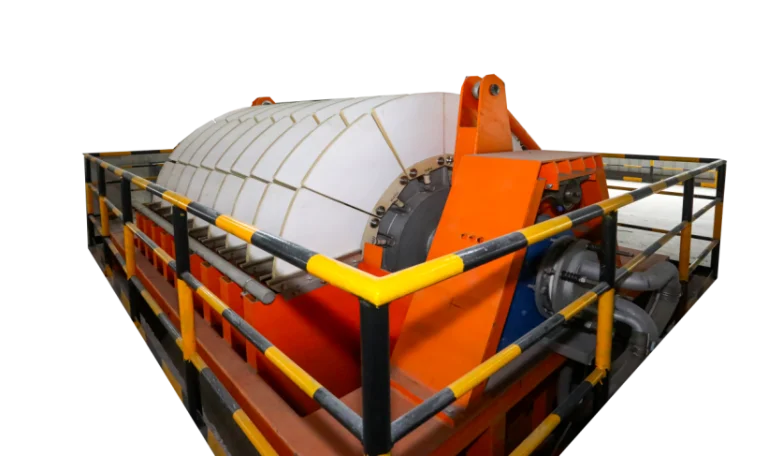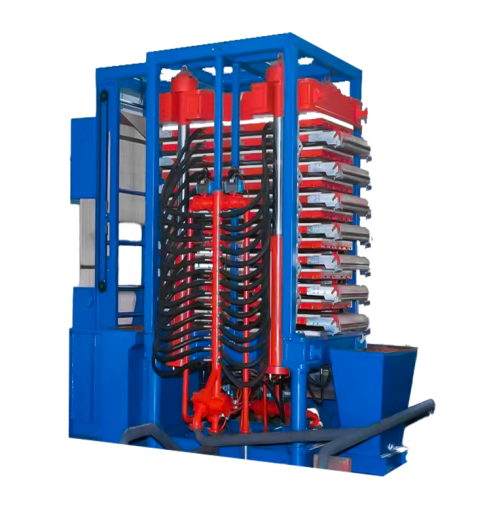
Understanding Belt Filters
What Are Belt Filters?
Belt filters play a vital role in industry. They separate solids from liquids with ease. These devices use a moving belt. The belt is made of porous material. Liquid passes through it. Solids stay behind. Their flexibility and performance shine. Industries handling slurry or sludge favor them.
How Do Belt Filters Operate?
Belt filters work in stages. First, slurry lands on the belt. The belt keeps moving. Gravity starts the process. Liquid drains through the pores. Then, pressure kicks in. Rollers or vacuums squeeze out more liquid. This boosts solid content. Finally, dry solids drop off. They’re ready for disposal or reuse.
Key Parts of a Belt Filter
A belt filter has several core pieces:
- Filter Belt: Built from tough, porous fabric. It’s the main filtration tool.
- Feed System: Spreads slurry evenly across the belt.
- Rollers: Press out extra liquid mechanically.
- Vacuum System: Pulls liquid through with suction.
- Scrapers: Clear solids off the belt.
- Drive Mechanism: Keeps the belt in motion.
The Importance of Belt Filters in Industrial Processes
Applications Across Industries
Belt filters adapt to many sectors. Their efficiency stands out:
- Mining and Metallurgy: They dewater mineral concentrates. Tailings get processed too.
- Chemical Industry: They split chemical slurries into parts.
- Food Processing: They extract juice or clarify liquids.
- Pharmaceuticals: They isolate active ingredients from solvents.
- Paper Industry: They remove water from pulp.
Advantages in Industrial Use
Belt filters bring clear gains:
- Efficiency: They handle large volumes fast.
- Cost Savings: They use less energy than alternatives.
- Flexibility: Designs fit specific needs.
- Green Compliance: They cut waste entering ecosystems.
The Role of Belt Filters in Waste Management
Reducing Industrial Waste
Belt filters tackle waste head-on. They shrink liquid and solid volumes. Contaminants leave wastewater streams. Cleaner water flows to rivers. This meets regulations. It also curbs pollution risks. Industries stay responsible.
Boosting Wastewater Treatment
In treatment plants, belt filters excel. They turn sludge into dry cakes. These are easy to handle. The solids can become fertilizers. Some serve as fuel. Vacuum systems improve water recovery. Efficiency soars. Yantai Hexin Environmental Protection Equipment Co., Ltd., based in YEDA Yantai City, Shandong Province, crafts filtration gear. Their ceramic filters and vertical filter presses shine. They offer custom solutions for industries.
Impact of Belt Filters on Pollution Reduction
Cutting Pollution with Filtration
Belt filters fight industrial pollution. They remove solids from liquids well. Harmful substances stay out of wastewater. This protects the environment. Mining relies on them. They dewater tailings. Less waste needs storage. Chemical plants use them too. Hazardous materials get separated. Cleaner water results. Vacuum systems lift performance. They outperform older methods.
These filters prevent wider harm. They stop soil contamination. Water stays safer. Leachate risks drop. Landfills cause less trouble. Industries embrace sustainability. Belt filters make it possible.
Promoting Green Practices
Belt filters align with eco-goals. They reduce waste. They recover resources. Sludge turns into usable solids. Fertilizers or fuel emerge. Durable belts last long. They cut material waste. Energy-efficient models save power. Carbon footprints shrink.
New designs push sustainability further. Automated cleaning saves effort. Real-time monitors track output. Maintenance needs drop. Belt filters anchor green operations. Industries thrive responsibly.
Choosing the Right Belt Filter for Your Needs
Factors to Weigh
Picking a belt filter takes thought. Match it to your task. Consider the slurry type. Think about filtration goals. Key points include:
- Capacity: How much material must you process?
- Filter Media: Does the belt suit your slurry’s traits?
- Dewatering Power: Can it produce dry solids?
- Costs: Look at energy and upkeep expenses.
- Compliance: Does it meet environmental rules?
Customization is an option. Yantai Hexin Environmental Protection Equipment Co., Ltd., in YEDA Yantai City, Shandong Province, tailors solutions. Their expertise fits unique needs.
Advances in Belt Filter Tech
Belt filters keep evolving. Automation simplifies tasks. Tension systems stay consistent. Dewatering stays even. Hybrid models blend pressure and vacuums. They save energy. Separation improves. Filter belts now resist wear. They handle harsh chemicals better.
Digital tools transform operations. Monitors track flow and solids live. Operators optimize on the fly. Downtime shrinks. Productivity climbs. These upgrades keep belt filters ahead.

Frequently Asked Questions
Which industries use belt filters most?
Mining, chemicals, food, pharmaceuticals, and paper rely on them. They boost efficiency.
How do belt filters cut pollution?
They remove contaminants from wastewater. Cleaner discharge protects ecosystems.
What matters when choosing a belt filter?
Look at capacity, media, dewatering, costs, and compliance. Each shapes performance.
Are there new belt filter innovations?
Yes, automation, hybrid designs, and live monitoring improve results.
Learn more about filtration solutions like ceramic filters from Yantai Hexin Environmental Protection Equipment Co., Ltd. Contact them today!








